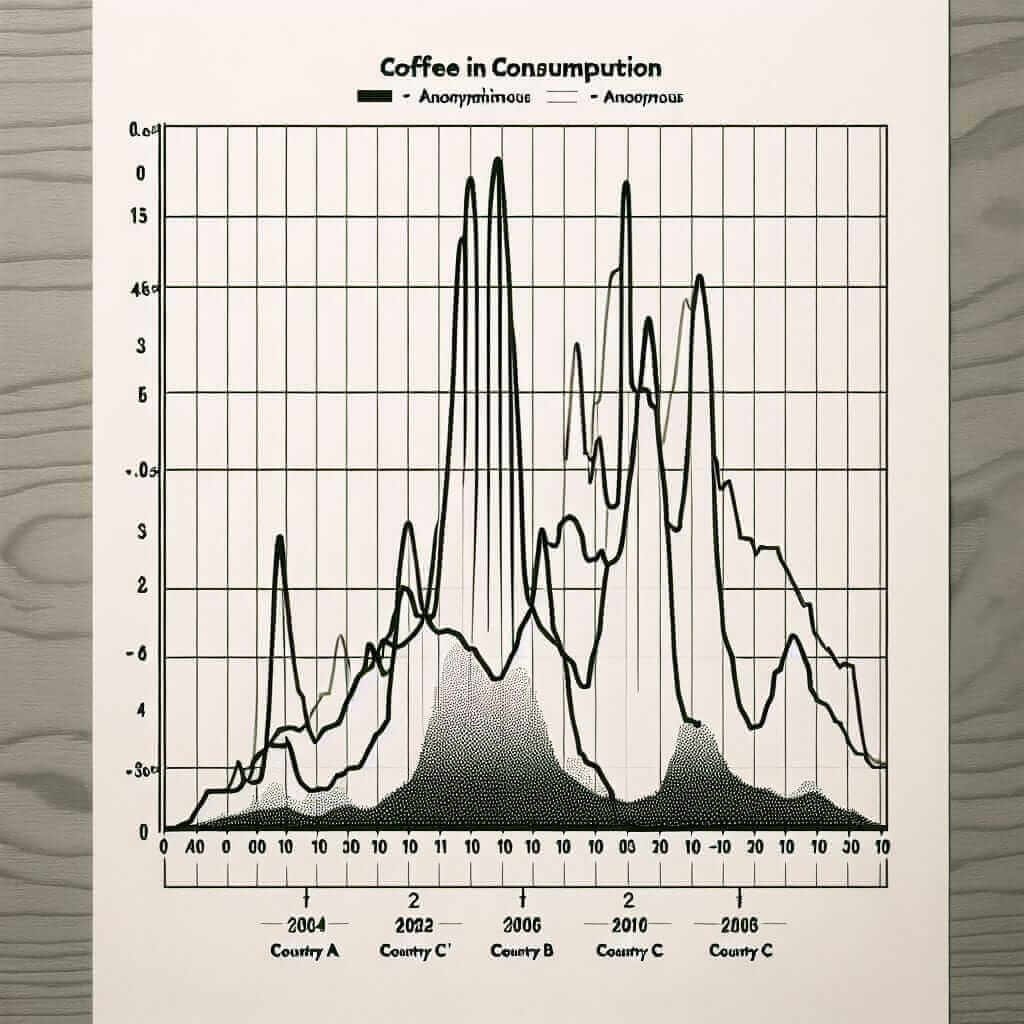As an IELTS instructor with over 20 years of experience, I’ve encountered this question countless times. Many students preparing for the IELTS Writing test are unsure about the need for a conclusion in Task 1, which focuses on data interpretation. Let’s demystify this common point of confusion.
Understanding IELTS Writing Task 1
In the IELTS Writing test, Task 1 requires you to analyze and summarize visual information, typically presented in the form of graphs, charts, tables, or diagrams. Your goal is to accurately and objectively describe the key trends, patterns, and significant details presented in the visual data.
The Role of a Conclusion
Traditionally, conclusions are used to summarize key arguments and restate the thesis statement in essays or reports. However, the IELTS Writing Task 1 is not an essay; it’s a report focusing on data description. Therefore, a traditional conclusion is not required or even recommended.
Why You Don’t Need a Conclusion in Task 1
- Purpose of Task 1: The primary purpose is to demonstrate your ability to objectively interpret and present visual data. Adding a personal opinion or summarizing information already presented is unnecessary and can even negatively impact your score.
- Word Count: Task 1 has a minimum word limit of 150 words. It’s crucial to utilize this limit effectively by focusing on accurate data representation and analysis, rather than including redundant information.
- Time Constraint: You have limited time in the exam, and adding a conclusion might take away precious minutes that could be better spent on analyzing the data or proofreading your work.
What to Do Instead of a Conclusion
Instead of writing a traditional conclusion, focus on:
- Overview: Provide a clear and concise overview in your introduction, summarizing the main trends or patterns depicted in the visual data.
- Accurate Data Representation: Ensure your body paragraphs accurately and thoroughly describe the key features and supporting data from the visual information.
- Paraphrasing: Demonstrate your vocabulary by using a range of synonyms and paraphrasing techniques when describing trends and data points.
Example:
Let’s say the provided visual data is a line graph showing the changing trends in coffee consumption in three different countries over a decade. Instead of concluding with “In conclusion, coffee consumption has increased globally”, focus on highlighting the key trends in the overview and body paragraphs. For example, you could mention:
- “Overall, the graph illustrates a significant rise in coffee consumption in Country A, a steady increase in Country B, and a fluctuating pattern with an overall decline in Country C.”

Key Takeaways
Remember, clarity, conciseness, and accuracy are paramount in IELTS Writing Task 1. Focus on effectively presenting the data and leave out any personal opinions or summaries in the form of a traditional conclusion. Practice analyzing and writing reports based on various visual data types to improve your skills and confidence for the exam.